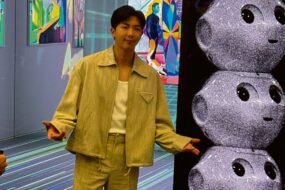
he idea that AI will eventually replace humans is not a new one. Back in 2001, Steven Spielberg painted a beautifully bleak picture of a future where a highly advanced robot is so real it can replace a son, in the aptly named movie A.I. Artificial Intelligence.
It still comes as quite a surprise when that future starts arriving.
AI-powered tools like DALL-E, Midjourney and Galileo AI can now almost instantly churn out multiple images and designs from a simple prompt. Used correctly, AI might even write wonderfully unsettling comedy, as Netflix claimed to have experimented in 2021’s Netflix by Bots project.
After an initial wave of protests over fears about an AI takeover and a phase of cautious experimentation, the idea that designers will walk side by side with AI now appears to be widely accepted among digital creatives.
Since Adobe embedded AI into its software in 2023, editing images has become so much more intuitive that the older features feel analog. Animators and concept artists have also started integrating generative AI into their workflow.
“All you need to do is write a detailed prompt until you’re happy with the results, so it saves us time for research,” says Nita Desilia Tannawi, a Jakarta-based concept artist at an animation studio.
Even so, generative AI’s immediacy, affordability and quality continue to haunt designers and digital artists, impacting how they view their career path.











